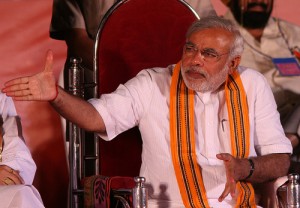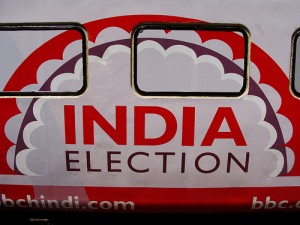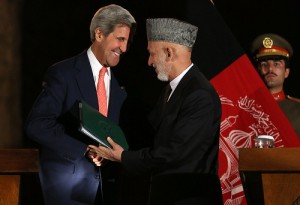
May 16, 2014: The “Modi wave” in the just-completed Indian elections was bigger than almost all the projections. Based on final results in almost all constituencies, Narendra Modi’s Bharatiya Janata Party (BJP) will have 282 seats, enough to form a single-party government if it chooses. The National Democratic Alliance, the BJP and its pre-election allies, will control 336 seats. This result dwarfs any winning majority in the past thirty years. The U.S. is optimistic about the outlook. Now more than ever, India-U.S. relations need high level attention.





